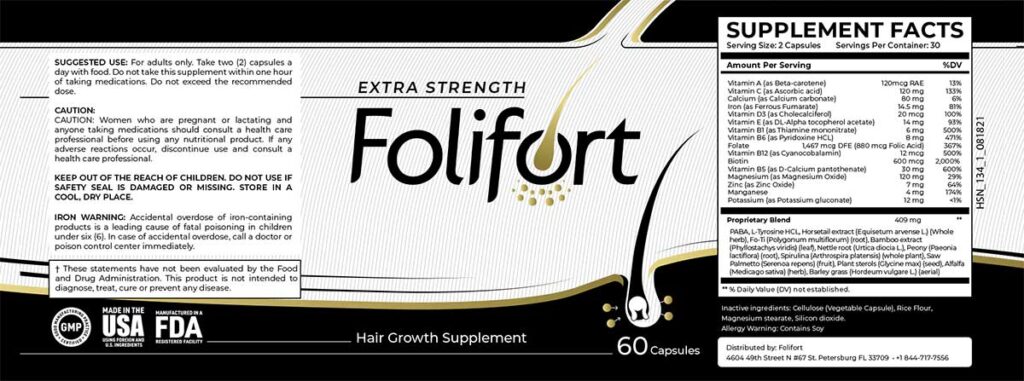
SCIENTIFIC REFERENCES & SOURCES
- Paradise nut paradox: alopecia due to selenosis from a nutritional therapy https://pubmed.ncbi.nlm.nih.gov/23766617/
- Dietary Strategies for the Treatment of Cadmium and Lead Toxicity https://www.ncbi.nlm.nih.gov/pmc/articles/PMC4303853/
- Acute Alopecia: Evidence to Thallium Poisoning https://www.ncbi.nlm.nih.gov/pmc/articles/PMC5514793/
- Evaluation of the medicinal use of clay minerals as antibacterial agents https://www.ncbi.nlm.nih.gov/pmc/articles/PMC2904249/
- A Study on Scalp Hair Health and Hair Care Practices among Malaysian Medical Students https://www.ncbi.nlm.nih.gov/pmc/articles/PMC5551307/
- Statistical and Clinical Study of Gray Hair https://www.koreamed.org/SearchBasic.php?RID=2116061
- Thallium Toxicity: General Issues, Neurological Symptoms, and Neurotoxic Mechanisms https://pubmed.ncbi.nlm.nih.gov/28889276/
- Acute alopecia: clue to thallium toxicity https://pubmed.ncbi.nlm.nih.gov/8493162/
- Hard facts about loose stools – massive alopecia in Gloriosa superba poisoning https://pubmed.ncbi.nlm.nih.gov/22223980/
- Chemically induced cosmetic alopecia https://pubmed.ncbi.nlm.nih.gov/8504045/
- Topical application of Polygonum multiflorum extract induces hair growth https://www.sciencedirect.com/science/article/abs/pii/S0378874111001644
- Polygonum Multiforum: Potential Role in Hair Growth https://ugro.com/the-research-behind-polygonum-multiflorum-fo-ti-hair-loss-benefits/
Folifort product label

© 2023 – All rights reserved.